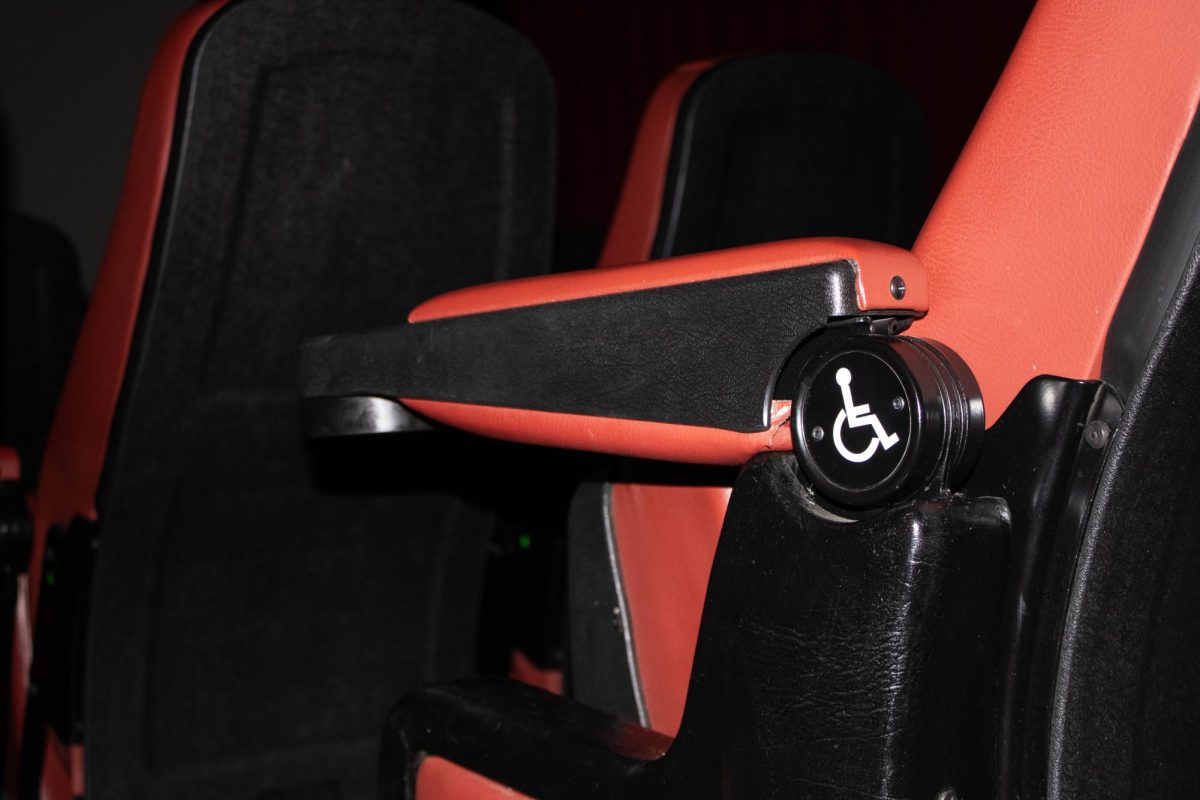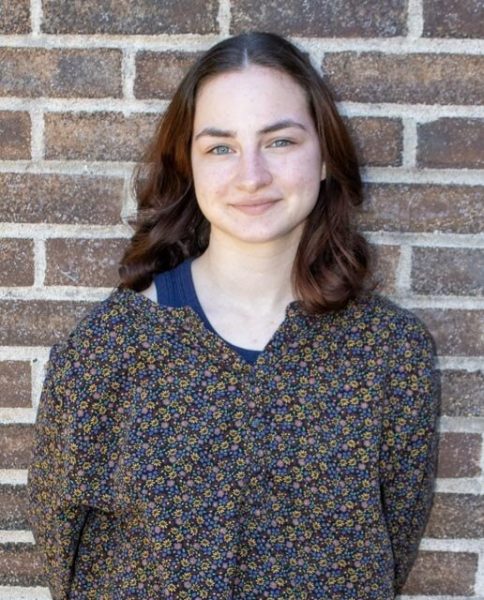Accessibility has always been an important topic, and as awareness of different types of disabilities has increased we would hope the accessibility for people with these disabilities has also increased. While this is somewhat true, we still have a long way to go with types of accessibility and one example is movie theaters.
Our local movie theater in Winona is the Winona 7 Movie Theater. I personally went to this theater to observe the level of accessibility there, and here is what I found. While it is wheelchair accessible, this comes with some caveats. The first four rows of seating were regular seats accessible by wheelchair, while the fifth row had a few seats that were wheelchair accessible, and four empty spots where people with wheelchairs could sit while in their wheelchairs. While it is great that there are wheelchair-accessible seats, they are all in the first five rows, which is rather limiting.
Another thing is that wheelchair accessibility isn’t the only form of accessibility necessary in movie theaters. For example, the seats, while nice, may be difficult for larger-bodied people to sit in. While this is a problem in other places such as airplanes, theme parks and fair rides, public transportation, it is definitely worth a mention here. Our society, in general, is ableist against overweight and obese people and these are only a few examples.
Another form of accessibility that movie theaters are lacking is support for deaf and hard-of-hearing people. Movie theaters don’t have captions, and while some movie theaters, including the Winona 7, have closed caption devices, these are far from perfect. These devices are small rectangular screens attached to a pole that are placed into a cupholder and can be adjusted. While this is good in theory, it’s not always practical. The device is difficult to use when the person has snacks, and because it goes in the cupholder. Unless they’re in a relatively empty theater, forget about having a drink.
I was actually able to speak to somebody from this community about this topic, that being Jess Weis. In addition to being part of the community herself, both of Jess’s parents are deaf, so she has a unique insight on this topic.
“I was able to get a closed caption device, but it was kinda funky. You have to angle it right which is not very fun and especially while I was growing up, when ever we did go to a movie theater, some movie theaters would charge my parents full price, even though they can’t hear and they wouldn’t have closed captioning there, so basically you’d just be paying to not understand what’s going on screen,” Weis said.
Jess shared other experiences during our interview, but the unfairness of this really spoke to me. Why should somebody have to pay for the full experience when that’s not what they’re receiving? This is yet another instance of unspoken ableism in our society. The fact that not all movie theaters have these devices is sad, and having deaf people pay full price to not even understand the movie is even sadder. I also think that captions should just be included in the movie, which Weiss agreed to. To conclude, accessibility in movie theaters, as well as other public spaces, is something we as a society need to keep working on to make these spaces truly accessible to all.
































